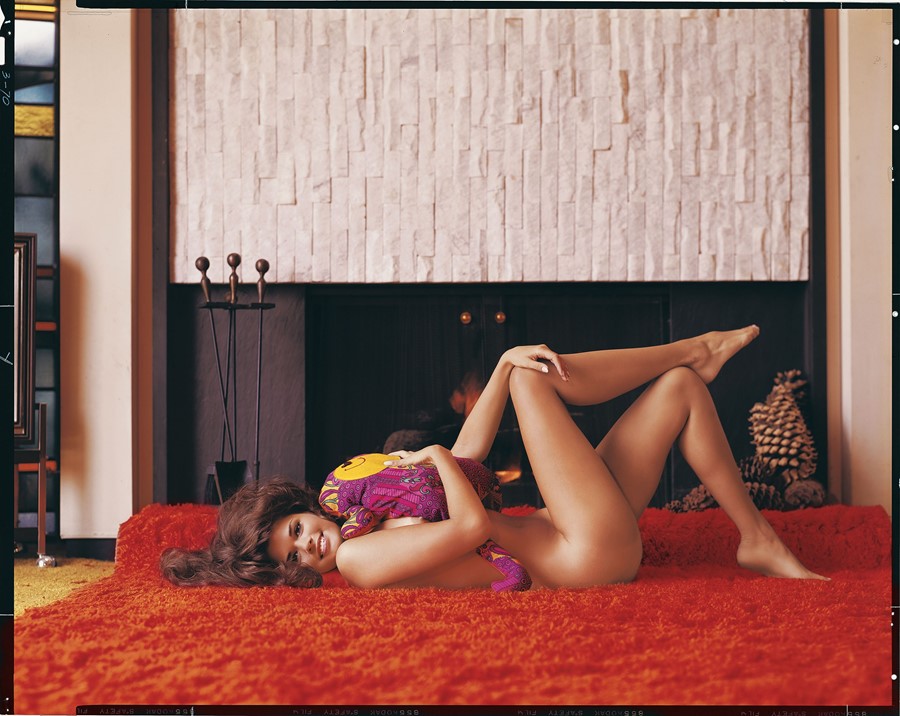Marilyn Monroe and Bettie Page featured in Playboy’s iconic centrefold, but as a new book demonstrates, modern attitudes towards it are more conflicted than ever
The cultural significance of Playboy magazine has been widely debated, with many – mostly male – commentators delighting in the magazine’s commitment to taste, style and of course, female nudity. While its core principle has always laid in the delights of ogling beautiful, young women, it has also commissioned some of the greatest minds of the day – try Jack Kerouac, Haruki Murakami and Margaret Atwood, for starters – while remaining politically engaged and employing radical design, particularly in its 1960s and 70s heyday.
The brand has grown into a mainstay of conventional culture; the iconic bunny motif appears on everything from clothing to phone cases; several clubs have been reinstated in recent years; and 2005 saw the first episode of a hugely successful television show which reignited an obsession with the Playboy mansion and Hugh Hefner’s penchant for blonde, buxom girlfriends.
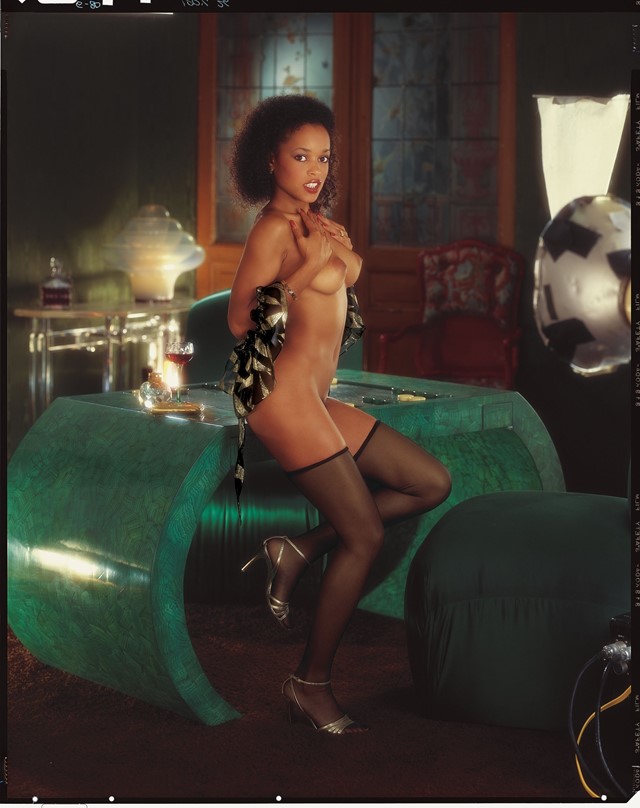
For most women, the relationship to Playboy is complex. The magazine’s virtues are constantly hindered by the relentless male gaze with which its subjects are viewed, and there is no escaping the fact that the magazine revels in the commodification of the female form. I spent several weeks among an exhaustive back catalogue of issues while working with the James Hyman Archive, where the stylish design and quality editorial sat alluringly alongside images of naked, passive women, all beautifully packaged for male consumption.
During this time, I also began to look beyond the veneer of sophistication that so many extol, examining the bizarre world of the Playboy centrefold – which has been effectively distilled in a hefty new catalogue that records every single instance of it, from 1953 to 2016. The iconic double-page spread has always been considered the most coveted position in the magazine, and has featured some of the world greatest pin-up stars, including Marilyn Monroe, Jayne Mansfield and Bettie Page.
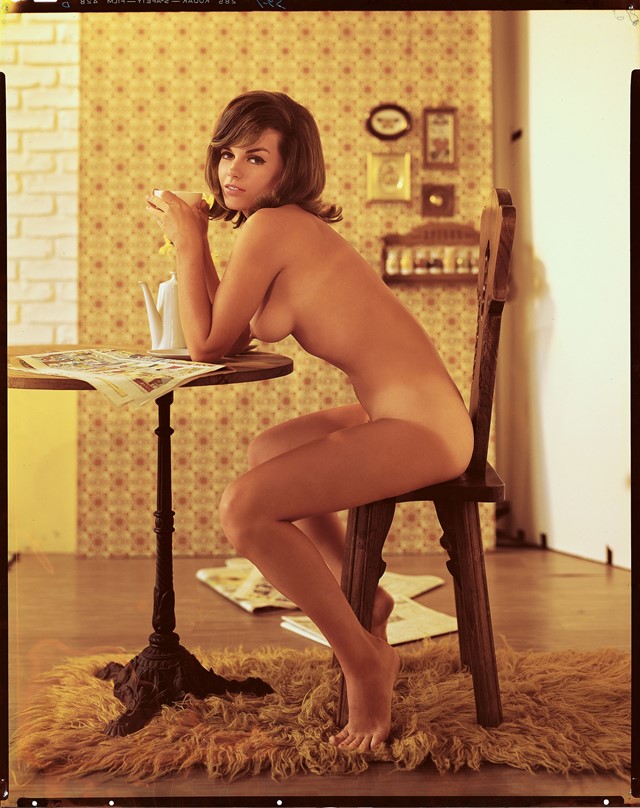
Many column inches have been given over to dissecting the trends and tastes that have shaped these images, from a gradual increase in the amount of flesh on show, to the changing attitudes towards body hair and physique throughout the decades. However, few have mentioned the absolutely surreal worlds that these naked models inhabit. The lack of discernible narrative leading these monthly aesthetic choices is jaw-dropping; the chosen sets ricochet from public libraries and cocktails bars to phone booths and tennis courts, all sandwiched between more obvious examples – tossed bed sheets and sultry shower scenes.
Many of the situations are so actively surreal that they are completely laughable. In November 1992’s centrefold, Stephanie Adams stands next to a fridge filled with white eggs and champagne, while in 1967, Dede Lid appears to be playing badminton, darts, and riding a skateboard simultaneously. A personal favourite is from April 1974, which depicts Marlene Morrow in a frilly corset, precariously balancing on one white platform shoe while leaning against a heavily decorated bidet. The kitschy peril employed in such an act is like something from a melodramatic Carry On sketch.
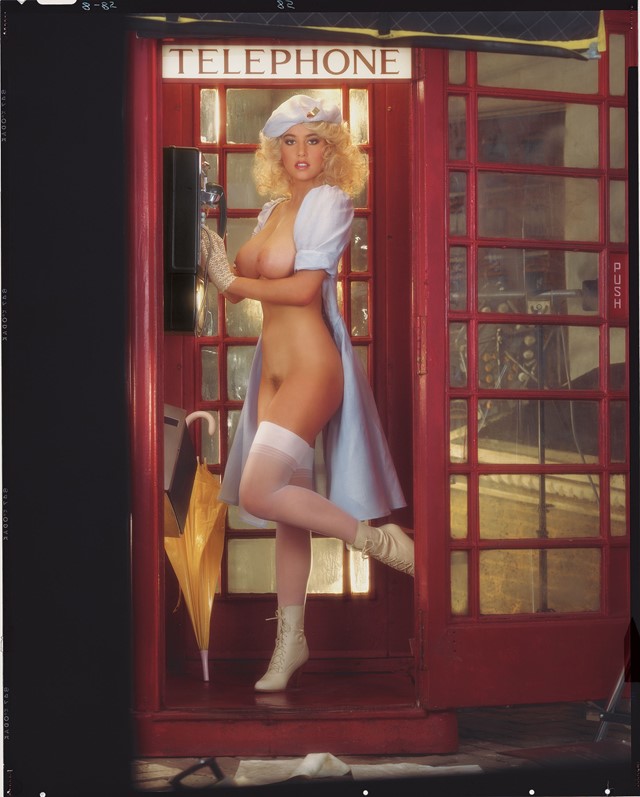
Playboy’s complete disregard for contemporary fashion or any semblance of realism (including the mechanics of how clothing is effectively removed) shows a decidedly different side to the magazine’s ethos. It is a world committed to the core of straight, male adolescent fantasy, where women inhabit strange lands that tenuously allude to a skewed, fantastical idea of adult situations. There is nothing elevating or sophisticated about this realm, it isn’t critical or genre-defying. It is simply delighting in the opportunity to see naked women, who are more often than not grinning and gazing longingly at their audience.
In recent years the magazine has grappled with an overarching identity crisis, proclaiming the end of the nude in 2016 before quickly reinstating it earlier this year. It would appear Playboy has come to terms with the fact that it was always ultimately intended to fulfil its duty as a purveyor of flesh, but whether or not this tradition for campy, eccentric centrefolds will endure remains to be seen.
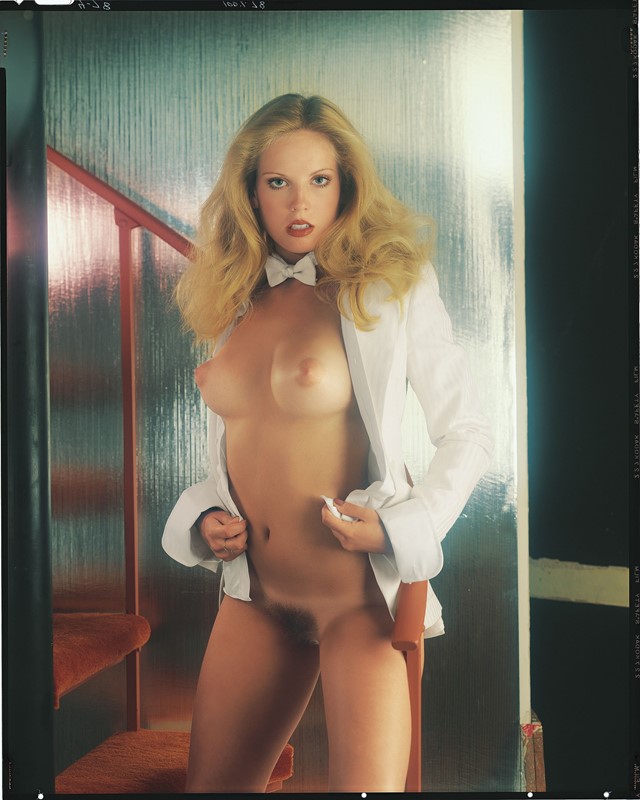
Playboy: The Complete Centrefolds is out from September 5, 2017, published by Chronicle Books.
